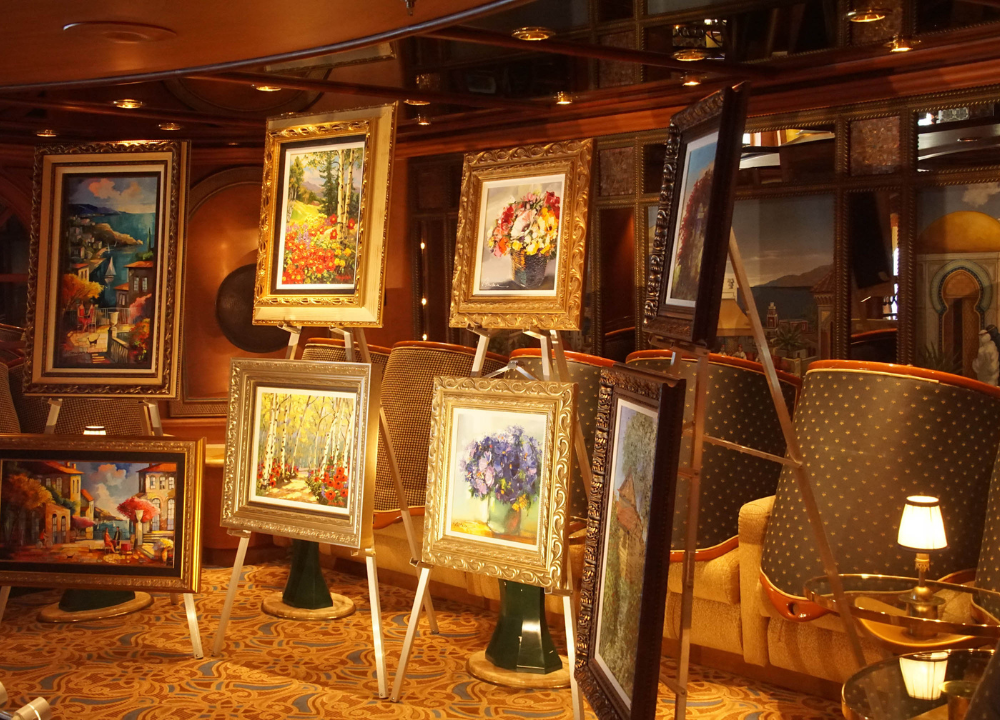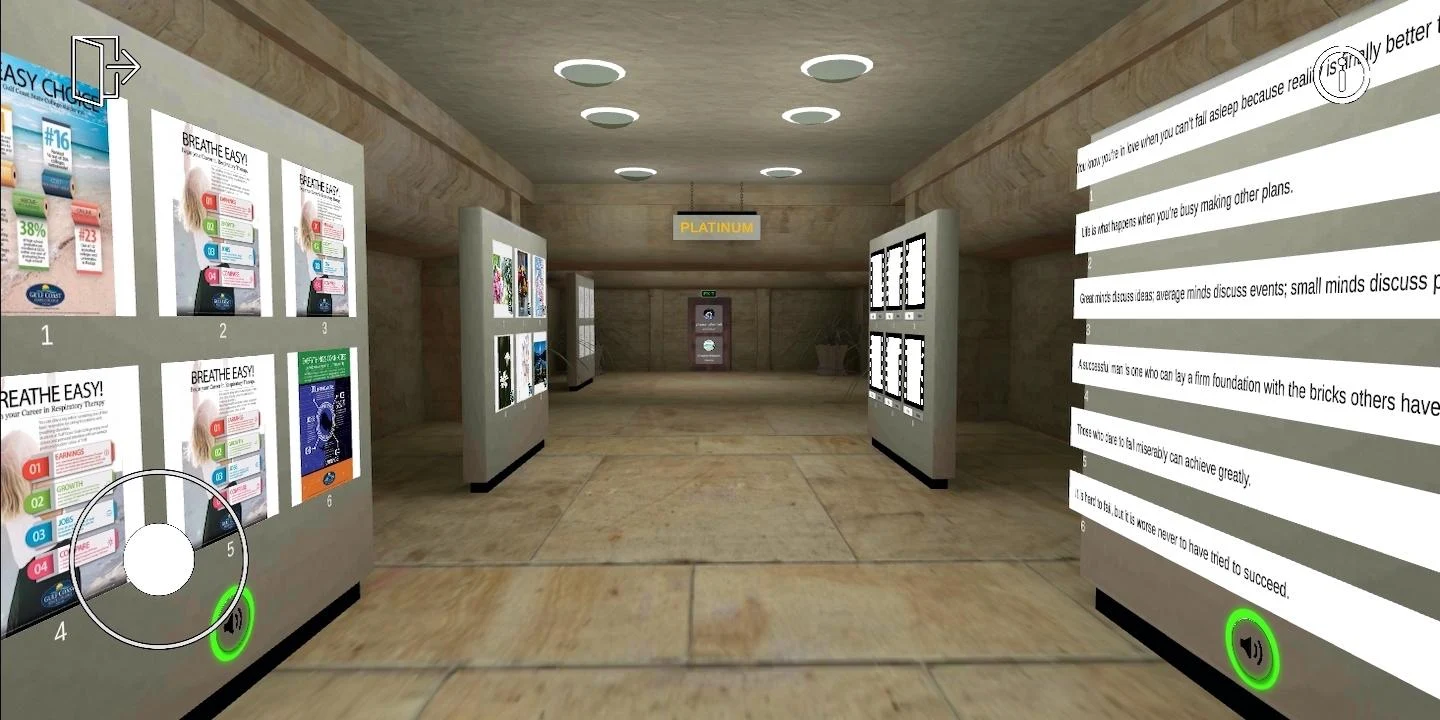Reimagining the 3D Art Perceptions and Experience: 3D art galleries have transformed the way audiences experience art. Instead of passively observing artworks on walls, visitors are now actively engaged with sculptures, installations, and immersive environments. This interactive approach challenges the traditional perception of art as something to be viewed from a distance and fosters a deeper connection between the viewer and the artwork.

Multi-Sensory Experience: 3D art galleries often incorporate multi-sensory elements, combining visual, auditory, and even tactile experiences. This holistic approach allows visitors to engage with art on multiple levels, creating a more immersive and memorable encounter that leaves a lasting impression.
Breaking Down Boundaries: By breaking away from conventional two-dimensional artworks, 3D art galleries encourage a more inclusive and diverse art scene. Artists are empowered to experiment with new forms, materials, and techniques, resulting in a broader range of artistic expression that appeals to a wider audience.
Democratization of Art: 3D art galleries, particularly those in public spaces, make art accessible to a broader segment of the population. The integration of 3D art into urban landscapes and open-air museums allows people from different backgrounds to encounter art in their daily lives, promoting a sense of cultural enrichment and community engagement.
Enhancing Art Education: 3D art galleries offer unique educational opportunities for students and art enthusiasts. Viewers, especially young learners, can better understand spatial relationships and the use of form and volume in art through hands-on interactions with sculptures and installations.


